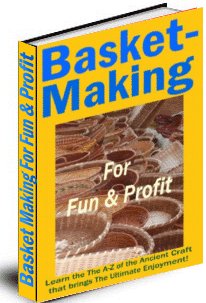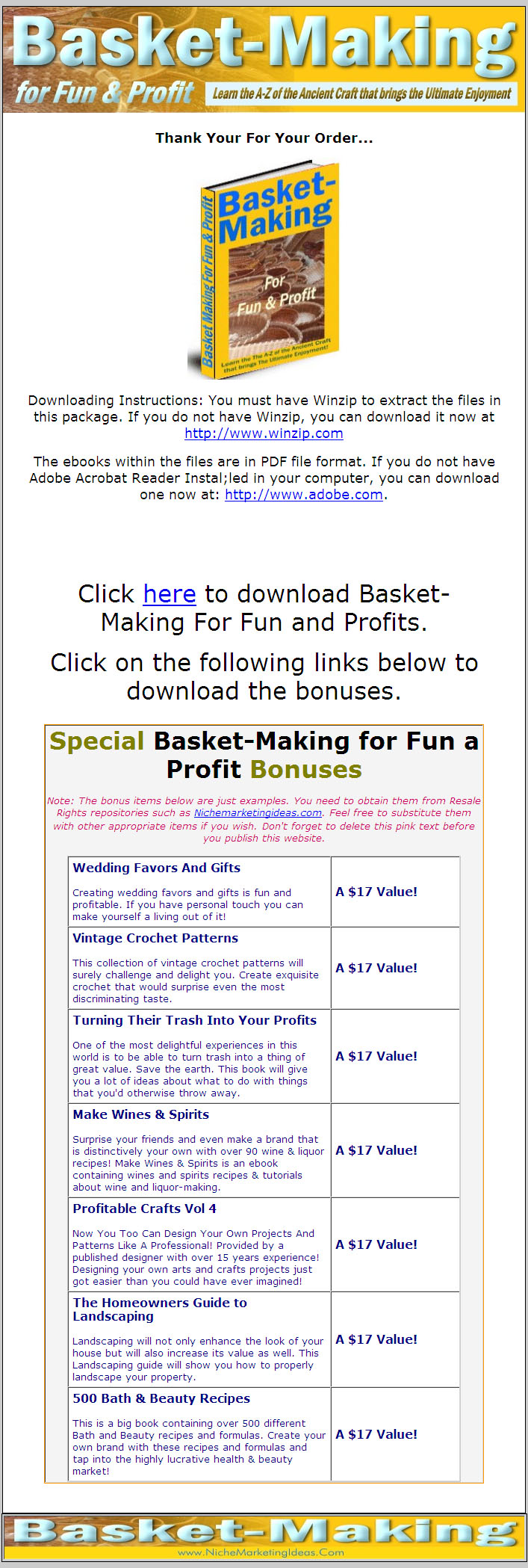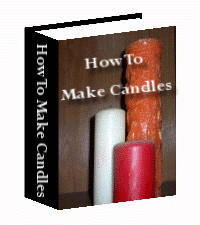| File Format: | MS Word Document, PDF |
| Number of Pages: | 72 |
| Salespage: | Included |
| Download/Thank You Page: | Included |
| Included Graphics: | Cover, header, footer, order button |
| Cover Graphics: | JPG |
| Miscellaneous Graphics: | JPG |
| Extra Pages: | None |
| Extras: | None |
| Year Released/Circulated: | Unknown, timeless information. |
| Suggested Selling Price: | $47 |
A 32,156-Word Course On Basket-Making in a Fully-Illustrated Ebook That Will Show You How To Create Beautiful Baskets From Rush, Raffia and Rattan (Includes 44 Projects)
THE twisting and weaving of Nature’s materials, grasses, twigs, rushes and vines, into useful and beautiful forms seems almost instinctive in man.
Perhaps it came to him as the nest-weaving instinct comes to birds—for at first he used it as they do, in the building of his house.
Later, shields and boats were formed of wicker work, but how long ago the first basket was made no one is wise enough to tell us.
Today Indian tribes in South America weave baskets from their native palms, South Africans use reeds and roots, while the Chinese and Japanese are wonderful workmen in this as in other arts and industries; but basketry has come down to us more directly through the American Indian.
Generations of these weavers have produced masterpieces, many of which are preserved in our museums, and the young basket maker need not go on long pilgrimages to study the old masters of his craft.
Here at last, the value of manual training is being realized, and basketry is taking an important place; following the kindergarten and enabling the child to apply the principles he has learned there.










